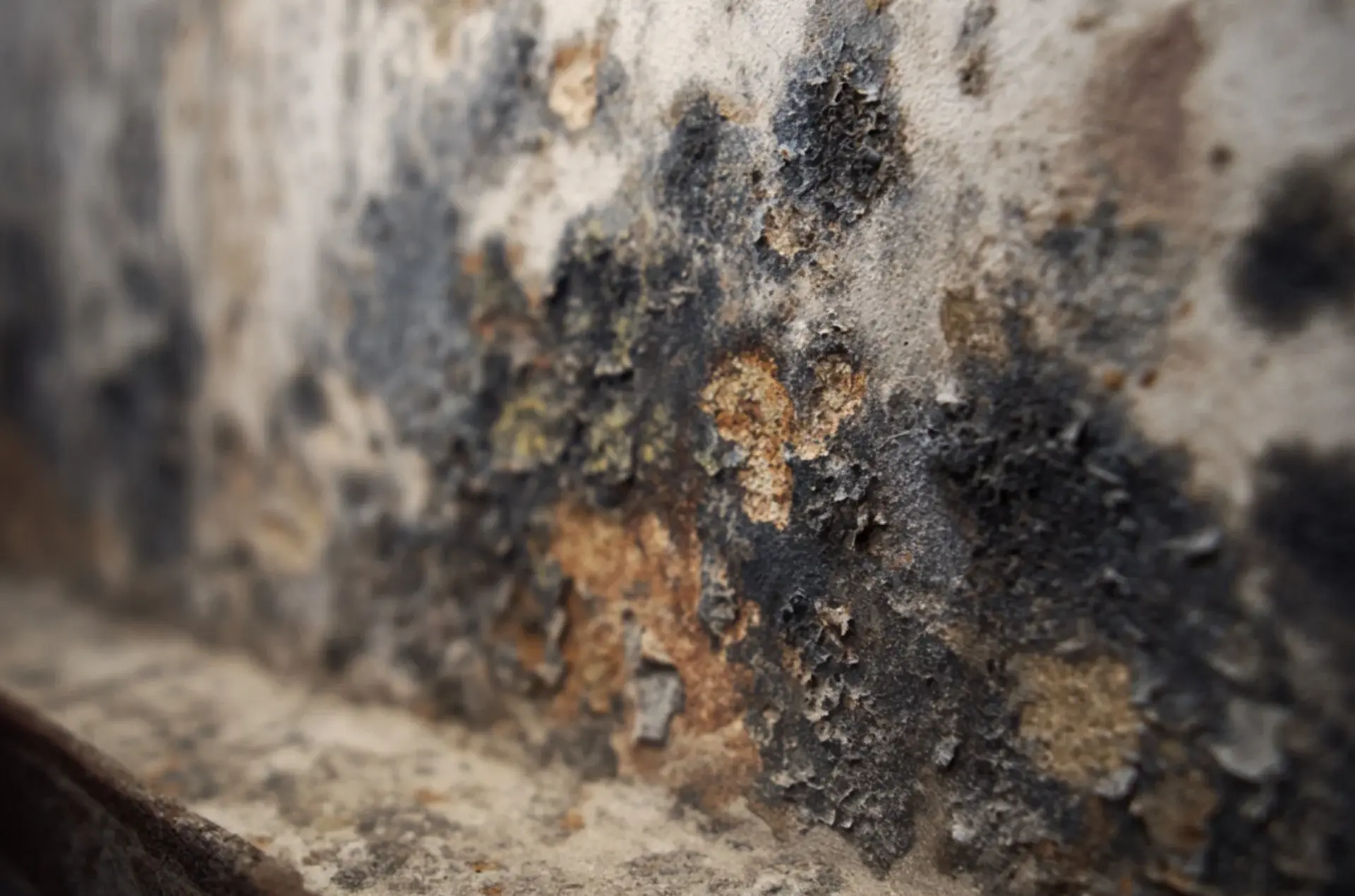From 27 October 2025, social landlords in England must adhere to strict timelines when reporting damp, mould, or other emergency hazards. Meeting the deadlines is important, but the real aim is simple. Keep people safe, act quickly and communicate clearly.
Understanding Awaab’s Law and Landlord Responsibilities
Awaab’s Law introduces clear requirements for how landlords respond to hazards within properties. The law places tenant safety at the heart of property management and sets strict timelines for inspections, reporting, and remedial actions.
Timelines for Damp, Mould and Hazards
Once a potential hazard is reported, time starts running. The key requirements are:
- Emergency hazards: investigate immediately and carry out safety measures within 24 hours. If the home cannot be made safe within that time, provide suitable alternative accommodation. Significant hazards, including damp and mould: investigate within 10 working days.
- Write up findings: Share a written summary with the tenant within 3 working days of finishing the investigation.
- Safety work after the investigation: complete within 5 working days where a significant hazard is identified.
- Further remedial works: begin within 5 working days, or as soon as possible, and in any case no later than 12 weeks. Keep the tenant informed as the work progresses.
Make Safety First, Resolve Root Cause
The law focuses on investigating, acting and making the home safe. That wording matters. A single repair is not always the whole answer. Sometimes the immediate action is a temporary measure, extra ventilation, a portable dehumidifier, or careful advice that helps manage moisture until the underlying cause is addressed. The test is not whether something looks fixed. The test is whether the risk to the household has been reduced without delay.
Why Damp & Mould Can Be Tricky To Diagnose
There is rarely one cause. Leaks, thermal bridges, insufficient ventilation and occupancy patterns can interact. Condensation is common and often invisible until it becomes a mould problem. Effective diagnosis needs a calm, systematic approach. Look at the building fabric, the ventilation strategy, how heating is used and whether existing measures are understood and operating as intended. Explain your reasoning in plain language.
Practical Steps For The Short Term
Let Vulnerability Shape The Response:
Behind every case is a household. Health conditions, pregnancy, age, disability and other circumstances should affect how quickly you act and how you sequence the work. Fairness sometimes means moving faster even when the defect seems modest. Prioritising people is not an optional extra. It is part of doing this properly.
Triage With Professional Judgement:
Not every hazard announces itself. You may see a set of clues that strongly suggests risk, while foolproof will take time. Do not wait for perfect certainty when the indicators are consistent or when the resident is vulnerable. Act proportionately and document your decisions. If it later turns out that the risk was lower than feared, you will still have protected the household and shown that you took concerns seriously.
Speak Like A Human Being:
Most residents can accept that problems occur. What matters is how you respond. Be open about what has happened and specific about what will happen next. A simple approach works.
- Apologise where appropriate.
- Confirm the investigation or visit date.
- Give a named contact and a way to get in touch if things change.
- Follow up when you said you would.
Silence and vague promises undermine trust. Clear updates build it.
Plan Decants Before You Need Them:
If a home cannot be made safe within the required time, you must move the household. Treat this as a planned activity, not a last resort that starts on day four. Keep a small pool of suitable units ready, approve internal authorisations in advance, and rehearse the steps so no one waits while you check the spreadsheet.
Use Data As A Quiet Organiser:
Data does not need to be flashy. It needs to be reliable. Track the basics. What was reported, who is affected, the hazard type, key dates, the actions taken and the outcome. Simple tracking helps you spot patterns, identify homes at higher risk and act before small issues become large ones. It also supports consistent decision-making across teams.
Keep Skills Sharp
The best processes will falter if people are unsure what to do. Provide role-specific training that is practical and repeated. Everyone should recognise common hazards, know the legal timelines and understand when to escalate. Technical staff should also be confident about which measures work in which situations and how to communicate those choices to residents.
- A short checklist for landlords
- Record the report and start the clock.
- Assess risk and vulnerability, then prioritise.
- Investigate within the required timescale.
- Make the home safe immediately, where needed.
- Share clear written findings with the resident.
Complete safety work promptly and begin any further remedial works within the required window.
- Keep the resident informed throughout.
- Plan for decants and have options read.
- Track data and review patterns regularly.
- Refresh training and guidance for all relevant teams.
How Lansdown Surveyors Can Help
Lansdown Surveyors provides RICS-qualified expertise for landlords who want confidence in both compliance and outcomes. We can:
- Carry out building pathology assessments to identify the true cause of damp and mould.
- Distinguish between emergency and significant hazards and set the right priority.
- Specify proportionate interventions that make homes safe quickly and address root causes.
- Produce investigation reports that are clear, evidence-based and suitable for audit and complaint handling.
- Review your process, data and training so your teams meet the timelines with less stress.
Need Help Now
If you manage housing and want support with damp, mould or broader hazard response, speak with an RICS surveyor at Lansdown Surveyors. We can arrange prompt inspections, provide clear reporting and help you put effective measures in place. Call 0151 374 0905, email office@lansdownassociates.co.uk or use our contact form on our website https://lansdownassociates.co.uk/ to book a visit.

